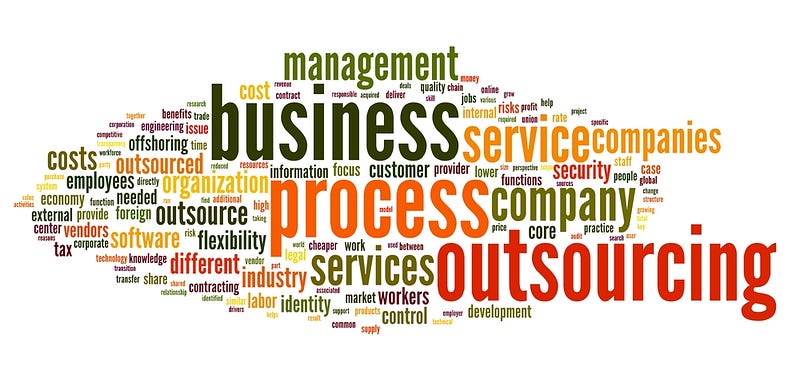Productivity has long-term impacts on the economy’s growth. Increased productivity raises the standard of living. Manufacturing is the key of rapid economic growth and associated with the formation of employment both directly and indirectly.
“Manufacturing is more than just putting parts together. It’s coming up with ideas, testing principles and perfecting the engineering, as well as final assembly”. James Dyson
The manufacturing industry constantly presents business leaders and policy makers with new challenges. The evolving nature of problems means old responses and industry trends quickly die out and are replaced by the best up-coming disruptions, creating a Darwinist system of gradual improvement.
2016 Manufacturing Industry Trends
The results obtained in a 2016 study of the influence of manufacturing on the global economy indicates that the implementation of advanced technologies are transforming the industry’s future and shifting the dynamics in manufacturing nations across the globe.
According to a Global CEO survey, this year the manufacturing excellence of the top nations are demonstrated which illustrate that there is a definite link between the innovation and competitiveness in manufacturing industry.
This survey has also brought to light some major factors involved in the competitiveness of global manufacturing. Some of them are:
- Aptitude
- Cost effectiveness
- Workforce yield
- Supply System
Technological Refurbishment factor
In today’s technological landscape it is necessary for manufacturers to build one platform to manage internal and external activities. This is normally called ERP or a business’s Enterprise Resource Planning System.
Business Intelligence is the most efficient and advanced method of controlling different parts of your business process, especially for manufacturing. Business Intelligent Software gives you a broad perspective to monitor changes occurring in your company so you can respond to them as soon as possible. When there is a hitch in production the reaction time is far lower and you will know exactly where to look.
Business dexterity means the robust visualization of your data along with the on-time notifications when data undergoes a change in a way that is indicative of problems. The decision support capability of Business Intelligence Systems helps to choose, relate, visualize and evaluate data according to the business specific needs.
So the question is what is the best practice, method or a process to achieve best results with Business intelligence?
Before we get into the tools, the most important thing is method. Most companies choose different software on different platforms to do specific tasks. For example a separate software for inventory, a different system of production, and a completely different company for accounting. Most of the time they do not talk to each other very well. For the best business intelligence results, most business process should be on one platform. If there is no one-platform available that can fulfill all your needs, a custom-built solution can help achieve this goal.
Business Intelligence Analytical Tools
The BI tools are widely divided into three main categories:
- Directed analysis and reporting
- Self-service Business Intelligence
- Advance Systematic Computation
Directed analysis and reporting
Explore deep insights through your own guided analytical applications with a flexible and scalable business analysis solution. Create business-driven data encounters with steered analysis trails that are highly customize able and firmly administered. Employees discovered vision for controlled analytics in making important and meaningful decision. Generate and distribute reliable reports and prototypes with advance reporting applications. With data integration, combine data sources for complete interpretation of statistics with centrally managed data and application.
Self-service Business Intelligence
Without an IT intervention and support it is difficult to have a competitive edge. Gartner says:
“Through 2016, less than 10 percent of self-service business intelligence initiatives will be governed sufficiently to prevent inconsistencies that adversely affect the business.”
Self-service Business Intelligence empowered to satisfy the information needs of the employee. Non-technical staff have an edge to use the services like report generation, running queries, conducting analysis without the aid of IT professionals. Self-service BI has many potential benefits like:
- Better Decisions
- Instant Reporting
- Strategic IT initiative
- Extremely Instinctive
- User-Friendly
Advance Systematic Computation
This category of BI encompasses the tools to create the systematic and analytical model of data operations. It includes statistical computation, prognostic analysis and data mining. Complicated business process and sustainable decision allow extracting useful information from data along with the highly intelligent parameters for predicated analysis preparing model projections for the future, supporting business analysis, and to evaluate large volumes of data.


